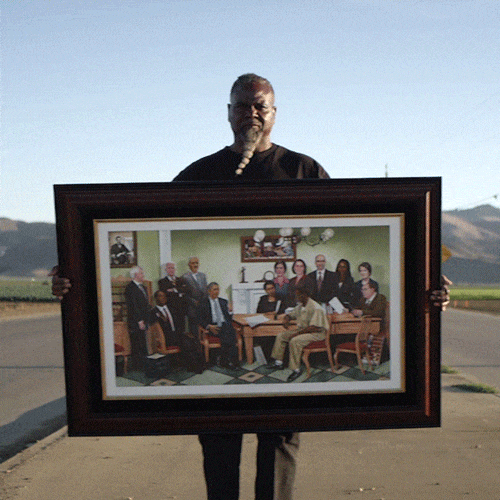
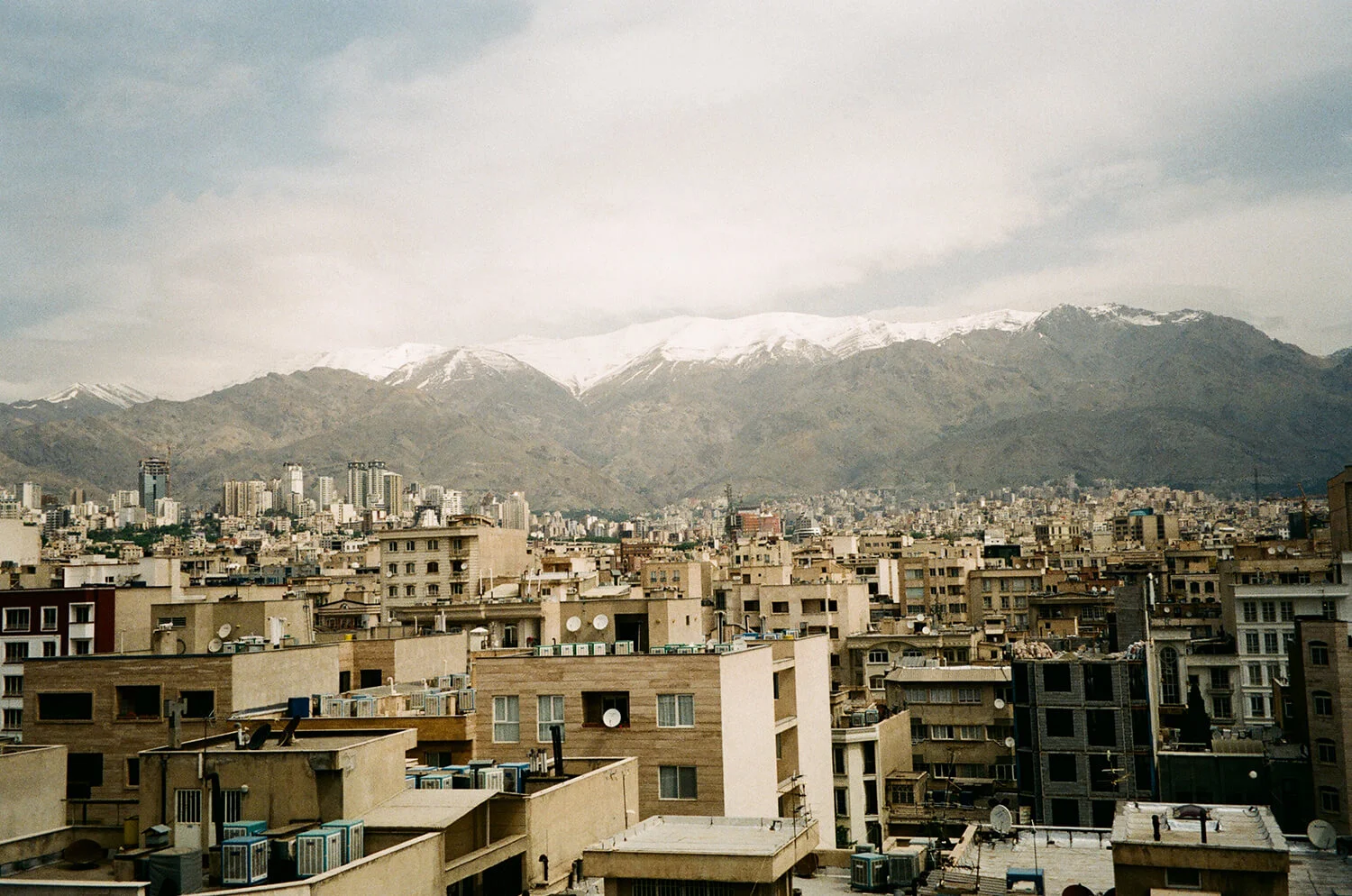

Watch a documentary about Iran’s creative scene
Iran’s creative scene is producing amazing work, but it’s still hugely misunderstood outside the country, much to the frustration of locals. Niloufar Haidari speaks to the star and makers of a new documentary which captures a local sound artist on her own terms.
“Tehran is all about opposites — there's what you see and then what's behind,” says Victoria Fiore, one of the makers of Sounds of Tehran.
The short film features Nesa, a 34-year-old DJ, producer and founder of Deep House Tehran, a community platform at the forefront of Iran’s burgeoning underground electronic music culture. She started DJing as a teenager, before moving onto making her own tracks and then sound art — twisting and tweaking recordings of Tehran to form intriguing new creations.
Produced and directed by Victoria and Aleksandra Bilic, the documentary came from a combination of the pair’s passions — Victoria’s interest in subliminal messaging through sound (she wrote her university dissertation on wordless music in the former Soviet Union), and Aleksandra’s desire to tell underrepresented and untold female stories.
“Tehran is just so full of sound!” Victoria says. “I think the biggest sound is the cars and the streets — a rumble. It's a big, beastly sound. There's a kind of darkness.
“There is a darkness to Iranian ambient music in general,” she continues. “If you listen to the Absence compilation by Siavash Amini, or other artists that are working in Iran right now, there’s a certain depth. Having said that, I think there's also a sense of hope.

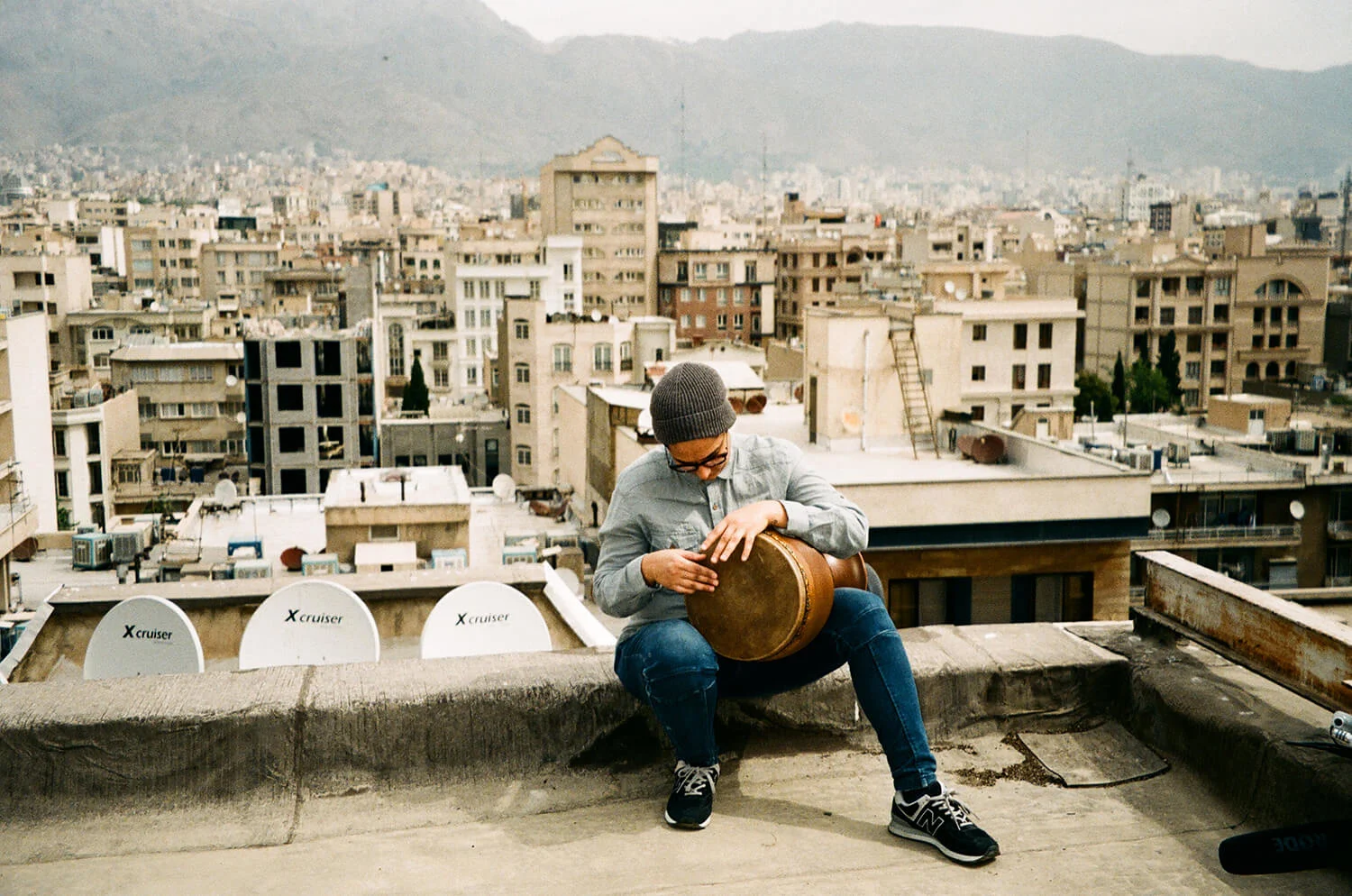

She gives Tunnel, the last track used in the film, as an example. “There's a magic and a forward-looking element to it which I think Tehran definitely has.”
The pair found Nesa’s music on Bandcamp after months of research and after a few Skype sessions, during which they bounced ideas off each other, they decided the innovative sound artist was exactly who they were looking for.
It was really important for the women to avoid the Western gaze that so much journalism and documentary-making about Iran falls victim to.
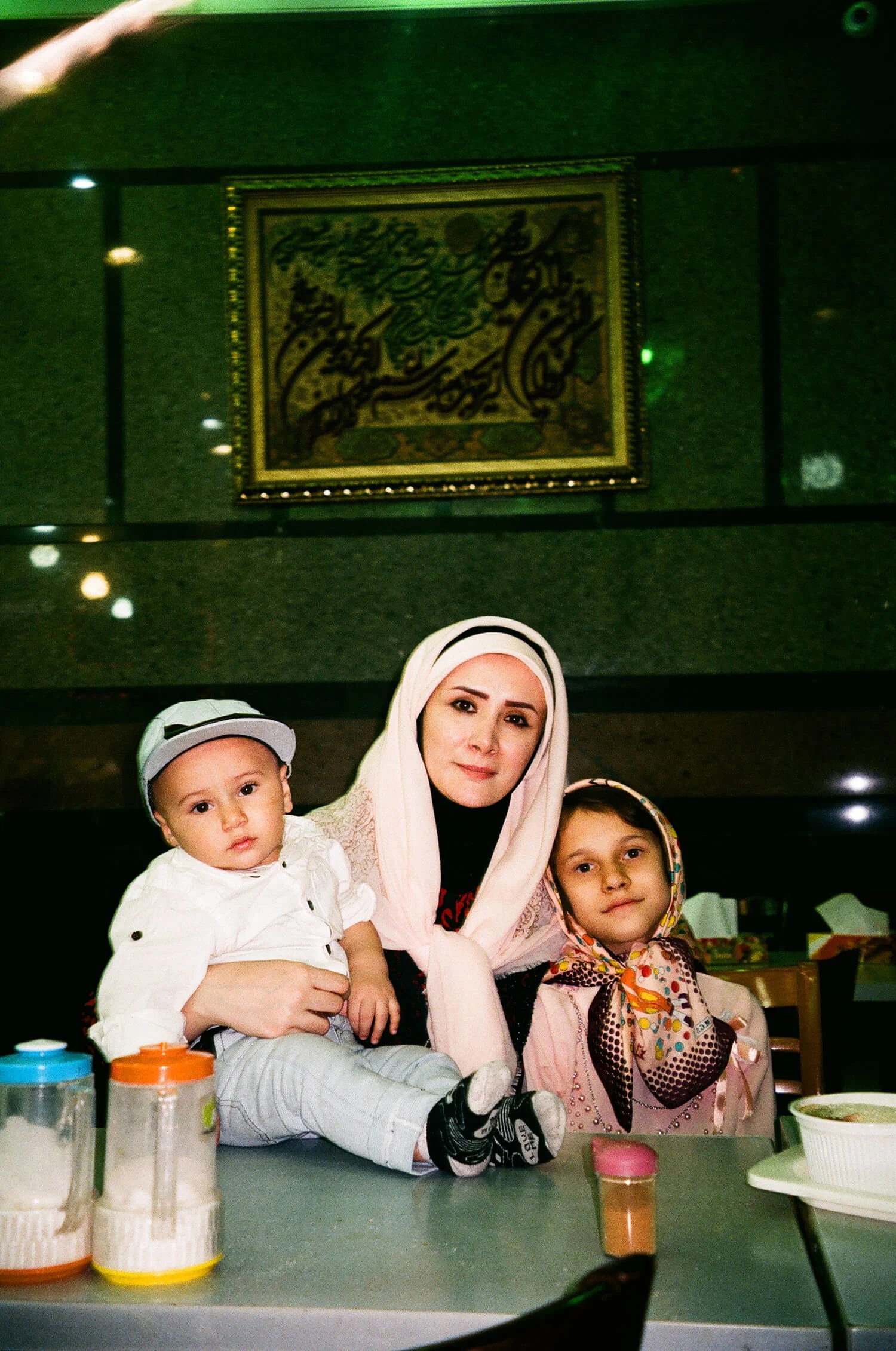
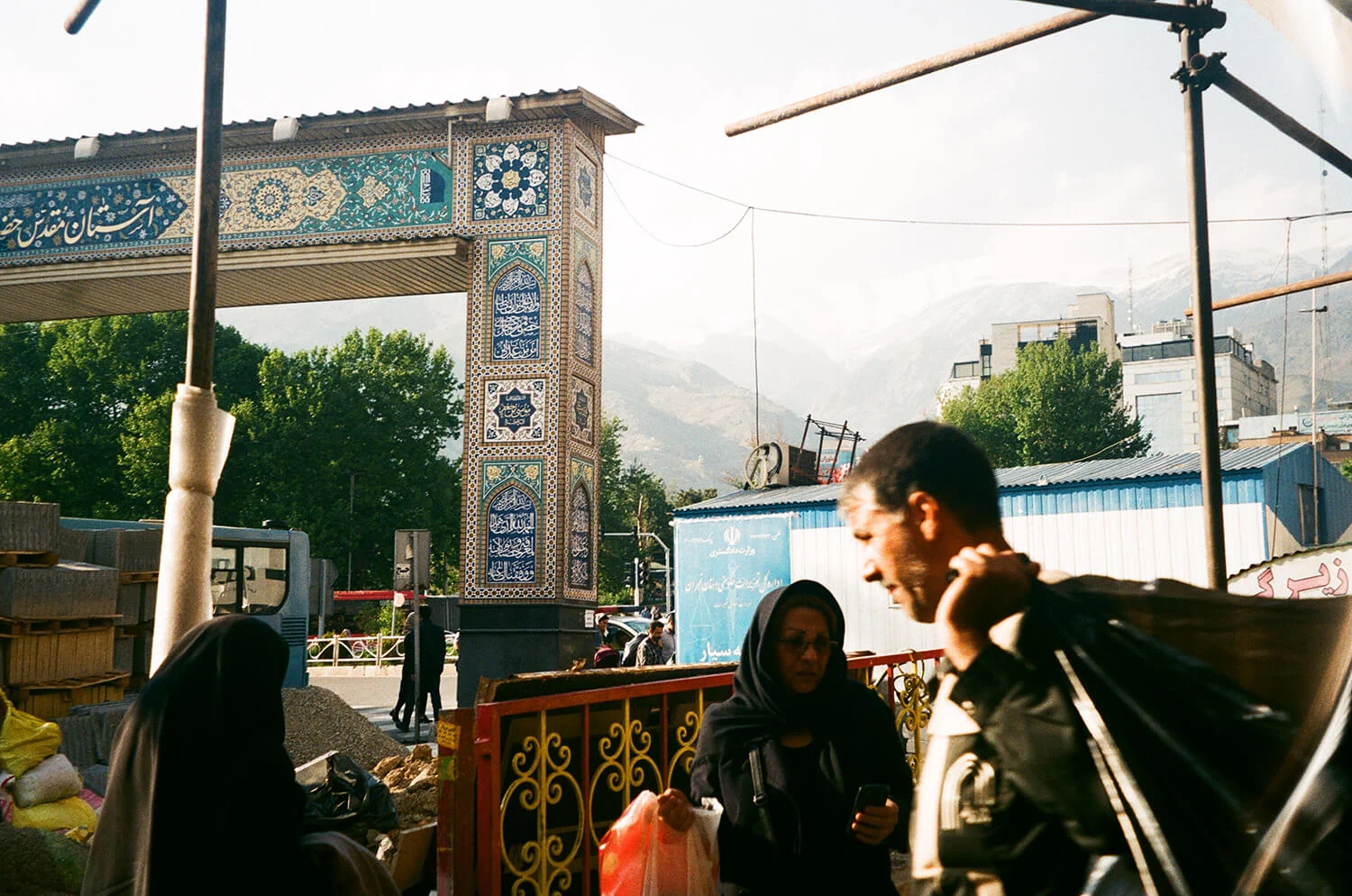
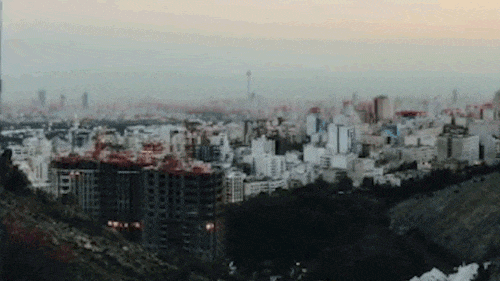
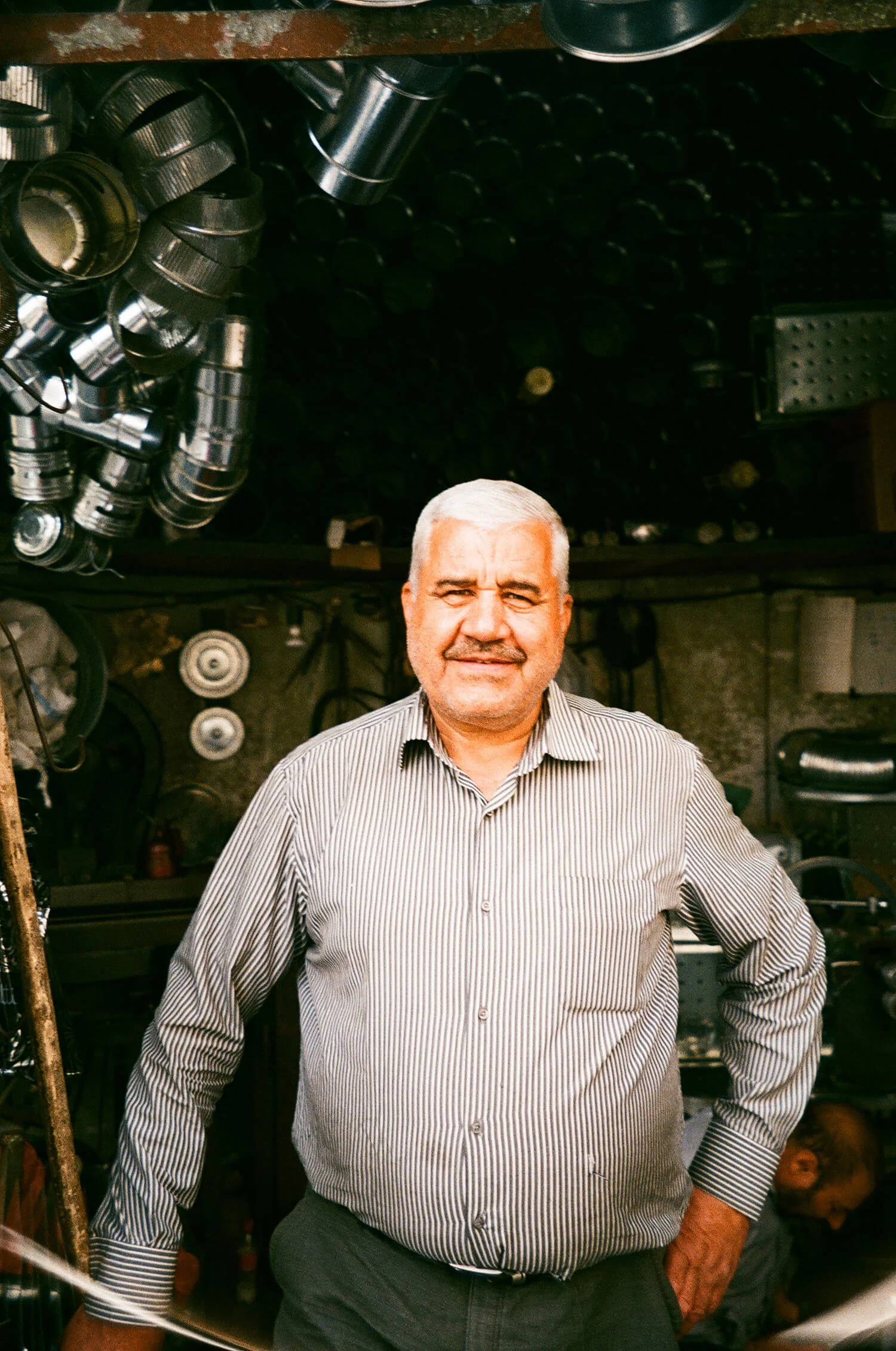
“We both come from places (Naples and Bosnia) that have been misrepresented” Victoria says. “You can't really compare situations, but it offers you a sensitivity in terms of perspective. We were constantly trying to check in with Nesa and the local producers about the gaze that was being used and whether they were happy with it.”
Aleksandra agrees. “I have such a disdain for the Western gaze, so in some ways it was very easy to avoid. But at the same time you always have that question — who are you to make a film about somewhere where you're not from?
“I think your whole process has to be very open and honest, and you do make mistakes and have to ask questions. It took nearly two years to make this film, and a lot of that was learning and trying and failing.”
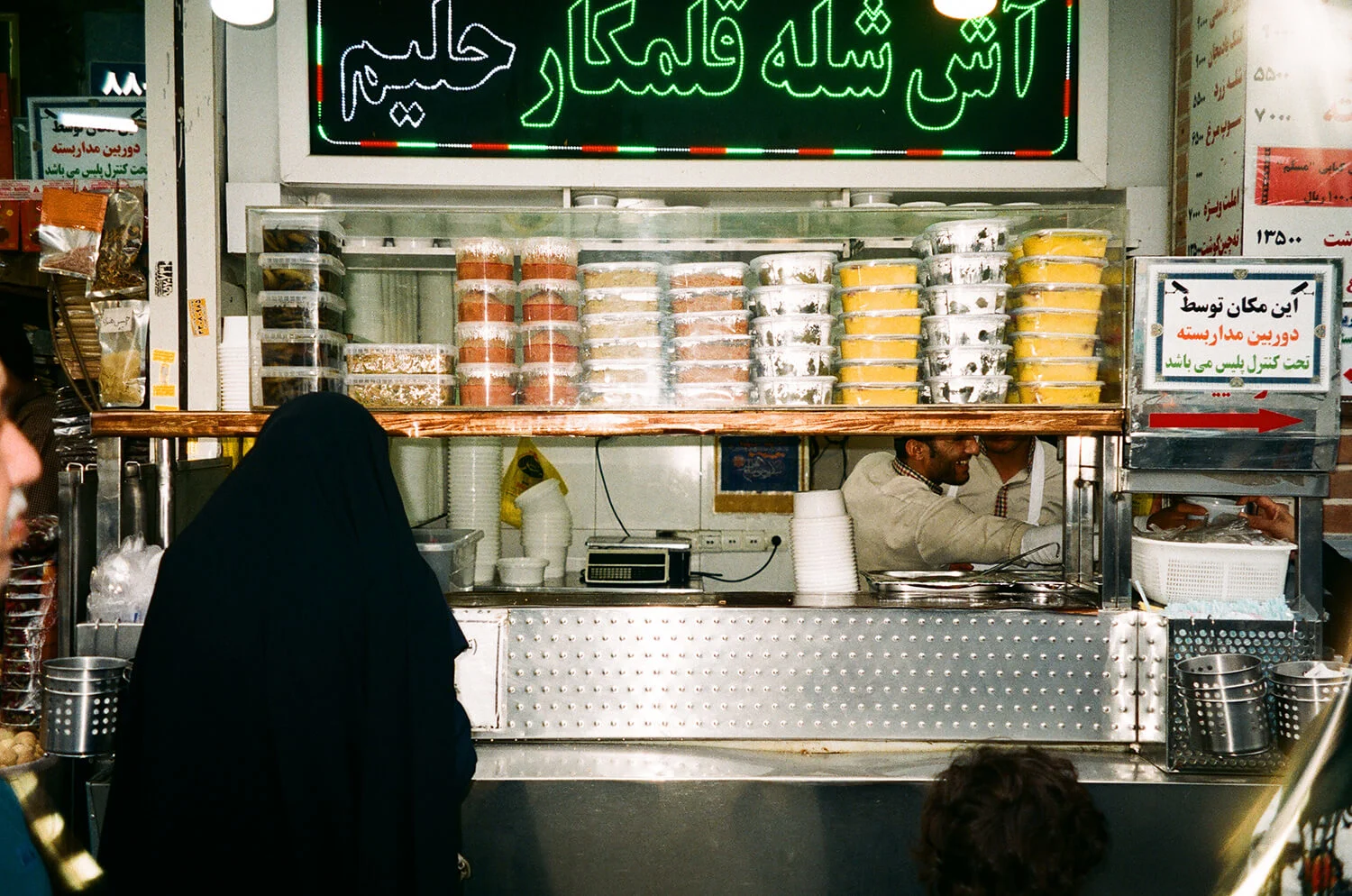
Nesa shared similar concerns about how her home country would be presented. “Mostly when foreign filmmakers come to Tehran, they have a certain agenda and want to create an atmosphere where they can present that agenda or preconceived notion, so they ground it in politics,” she tells me over Skype from her bedroom.
“What I liked about this project is that this wasn’t the case; purely as an artist, I have nothing to do with politics. I just have my feeling and my work. I’m building a movement and making a sound. I’ve created a platform, a community, and this community is helping Iranian artists who are each in their own homes minding their business and making their music.”
She goes on, “We have so many smart and talented artists in Iran right now who are genuinely creating out of love.”


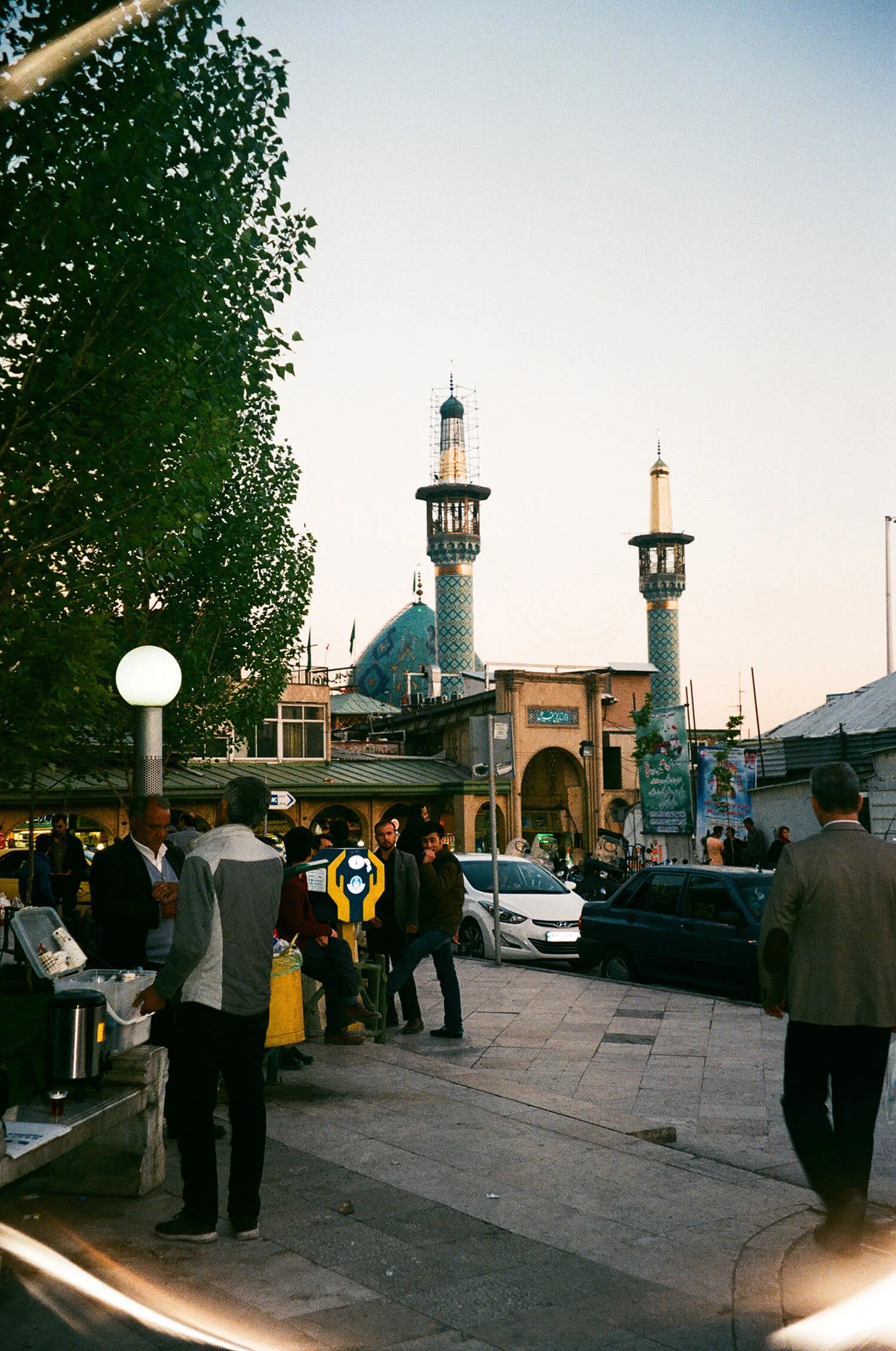
I mention that the image of the music scene in Tehran presented here might be surprising for outsiders who are used to a narrative centred around oppression and fear.
Nesa admits that life in Tehran isn’t perfect, but she refuses to define her art by hardship, to fit in with a storyline people are usually fed about Iran.
“I can without a doubt say that the music we are making here is on the same level as so many other countries; maybe some of our tracks are even more interesting! These narratives are more important than sitting here and saying, my internet connection is weak and I can’t download music. I’m still downloading my music, I’m still watching my tutorials.
“I can’t pretend it has no effect on us at all, obviously it does, but that’s not the point here.”

Victoria agrees that politics was never explicitly on the agenda. “We don’t need to speak about politics at all, because you can get it through sound and feeling,” she says.
This is particularly evident in the film where Nesa describes how the sound of a siren — that signalled bombings during the Iran-Iraq war — still gives her goosebumps. She recalls a door in her childhood home which used to make a strange noise when it slammed, and it scared her because it reminded her of the bombings, before going on to tell us that she first began making beats by tapping out rhythms on that door. The anecdotes give perfect examples of the wordless power of sound and it’s inextricable relationship with emotion and memory.
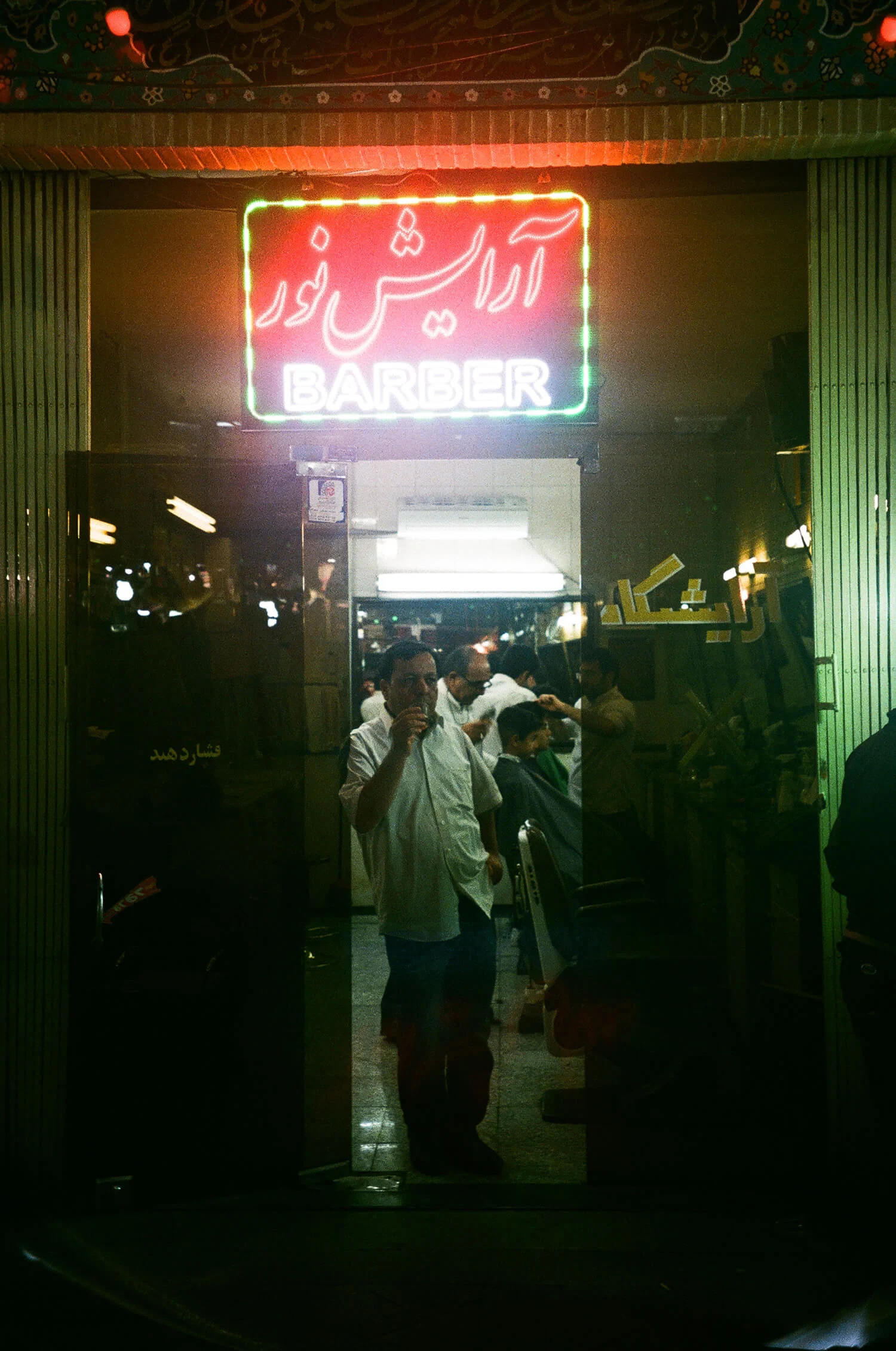


Any hardship that does exist is crucial to the spirit of both Tehran’s electronic music scene and Tehran itself as a city. Much like Resident Advisor’s Real Scenes: London touched on the way that difficulty in the UK capital feeds its creativity, the challenges faced by Iranian youth have also led to an exciting undercurrent of experimental music, emerging talent and DIY spaces.
“It’s a crazy, awesome city. Nothing exists, but everything exists within it,” Nesa says at the end of the documentary. Tehran is a complex city that’s incredibly difficult to capture, but Nesa knows how to document her experience of the city she calls home through her music.
And Victoria and Aleksandra have documented it sensitively too by letting Nesa take the reins — responding to her energy rather than directing it, asking her what she wants to talk about rather than prescribing interview topics.
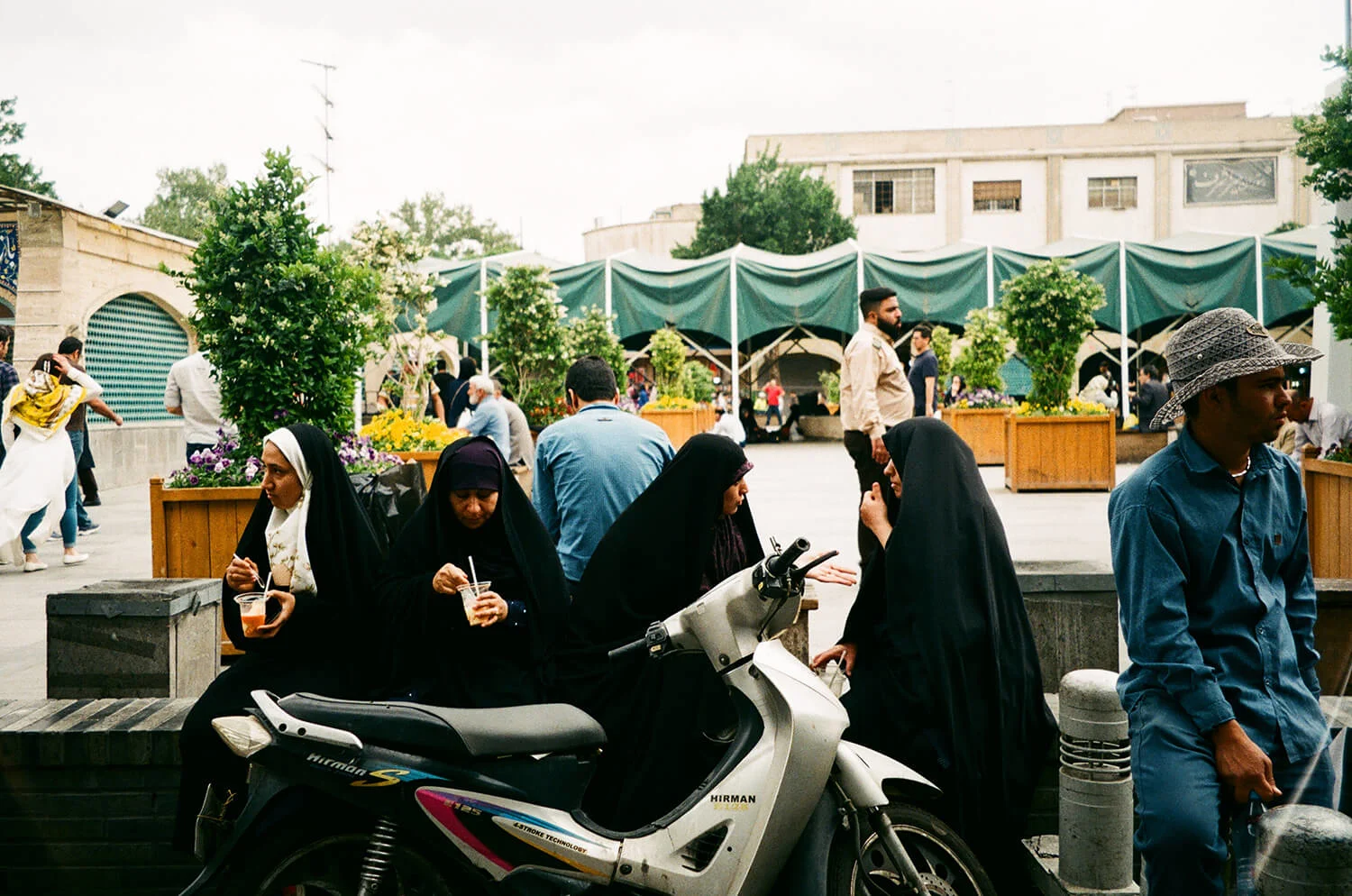
The short film also touches on the challenges faced by Nesa as a female musician — not being taken seriously, having her voice drowned out by her male peers, lack of support — the same challenges faced by women in creative industries across the world.
“It’s seen as a male space,” Nesa admits, but when it comes to the future, she feels hopeful. “In the last two or three months I’ve been to so many events and seen women playing, even though when I was 16 or 17 I really thought I was the only girl doing this. It’s definitely happening more. These conversations are happening all over the world, and they’re happening in Iran too.”
Nesa has high hopes for the future of electronic music in Iran. “The past few years have really seen some exciting progress in the electronic music field — there are festivals, artists come here from abroad to perform, there are more spaces and galleries, more venues for people to showcase their sounds.
“People who love electronic music are finding us and seeing that we're neither backwards nor out of the loop. I’d like that to be more obvious. I’d like to keep pushing it forward.”